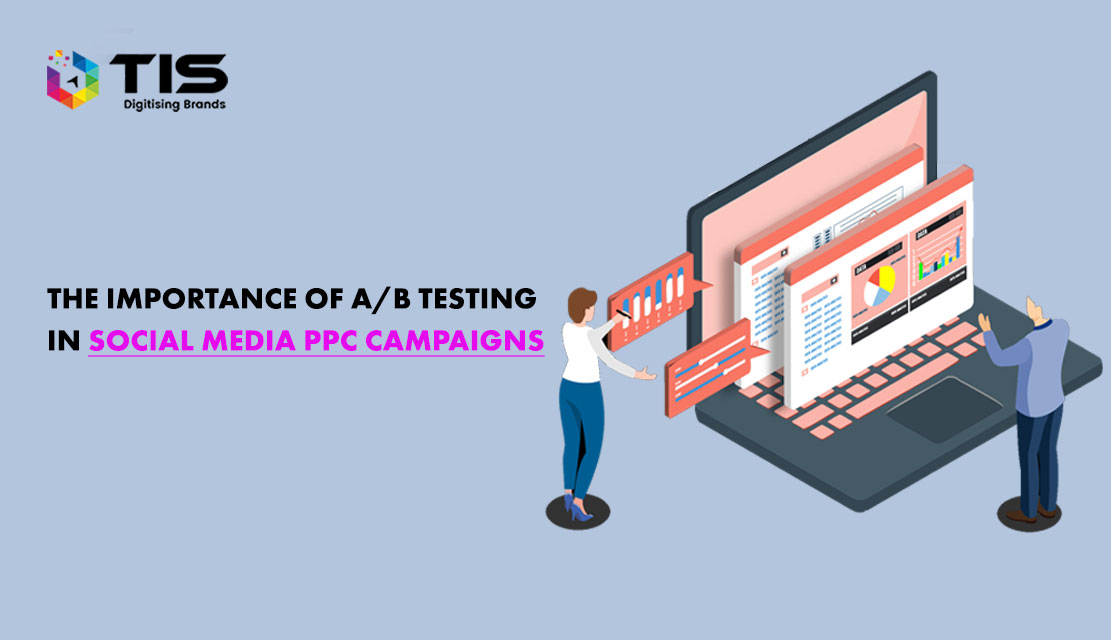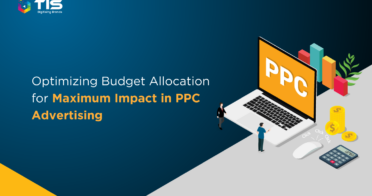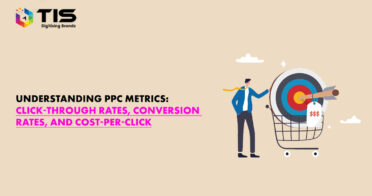





 Apr 14, 2023
Apr 14, 2023

WHAT IS A/B TESTING ?
A/B testing is a technique used in digital marketing to compare two different versions of a marketing asset, such as an ad, landing page, or email, to determine which version performs better in achieving a specific goal. The goal could be anything from increasing website traffic or click-through rates to reducing bounce rates or cart abandonment rates.
In the context of social media PPC campaigns, A/B testing is particularly important because it allows advertisers to optimize their campaigns by testing different variables. For example, an advertiser might create two different versions of an ad with different ad copy, images, targeting, or calls to action. The two versions would be shown to a sample of the target audience, and the data collected would be analyzed to determine which version performed better.
By conducting A/B tests, advertisers can gain valuable insights into the effectiveness of their campaigns and make data-driven decisions about how to optimize their campaigns for better results. For example, if an A/B test showed that an ad with a specific image performed better than an ad with a different image, the advertiser could use that information to improve the performance of their future campaigns by incorporating the more effective image.
IMPORTANCE OF A/B TESTING IN PPC CAMPAIGNS
Improves campaign performance: A/B testing is essential for improving digital marketing campaigns. A/B tests let advertisers test different elements of their campaigns, like ad copy, images, targeting, and calls to action, to see which performs better in achieving the desired goal, like increasing conversions or reducing bounce rates. By optimizing these elements based on A/B testing results, advertisers can improve campaign performance, increase click-through rates, and ultimately, generate more conversions and sales.
For instance, by testing different ad copy variations, an advertiser can identify which one resonates best with their target audience and generates more clicks and conversions. Similarly, by testing different landing pages, an advertiser can identify which one has the lowest bounce rate and generates the highest conversion rate.
Reduces costs: A/B testing can help to identify underperforming ads that are not generating the desired results. In addition to reducing ad spend, advertisers can improve campaign performance by eliminating or pausing these ads. Budgets can be spent on the most effective ads and targeting.
For instance, an advertiser may run multiple ad variations and find that one of them has a much higher cost-per-click and lower conversion rate than the others. By pausing that underperforming ad, the advertiser can allocate more budget towards the high-performing ads that generate better results and save money in the process.
Provides valuable insights: A/B testing provide valuable insights into customer behavior, preferences, and interests. By analyzing the data collected from A/B tests, advertisers can gain a better understanding of their target audience and make data-driven decisions about future campaigns. This information can be used to optimize targeting, ad copy, and other elements to better resonate with the audience and improve campaign performance.
For instance, an advertiser may run an A/B test to see which ad copy performs better among male and female audiences. By analyzing the results, they may find that male audiences respond better to ads that feature certain words or images, while female audiences prefer a different approach. This information can then be used to optimize future campaigns to better resonate with the target audience.
Increases conversion rates: A/B testing can help to identify the most effective elements of a campaign that lead to higher conversion rates, such as a specific call to action or image. The more of these elements you optimize, the more likely you are to convert clicks into sales. As a result, the campaign’s ROI will be maximized and the business will make more money.
For instance, an advertiser may test different call-to-action variations in their ads and find that “Shop Now” generates a significantly higher conversion rate than “Learn More.” By using the more effective call-to-action in future campaigns, they can increase the conversion rate and generate more sales.
Enables continuous improvement: A/B testing allows advertisers to continuously improve their campaigns based on real-world data. By making incremental improvements over time, advertisers can achieve significant gains in campaign performance and ROI. This iterative process of testing, analyzing, and optimizing can help to ensure that campaigns are always improving and achieving the desired results.
For instance, an advertiser may run an A/B test to test different variations of their landing page and find that a certain layout generate more conversions than the others. They can then make further improvements to that layout and continue testing to achieve even better results. By continually refining and optimizing their campaigns, advertisers can stay ahead of the competition and achieve long-term success.
The article discusses the importance of A/B testing in social media PPC campaigns. A/B testing involves comparing two versions of a marketing asset, such as an ad or landing page, to determine which version performs better in achieving a specific goal. The article highlights the benefits of A/B testing in improving campaign performance, reducing costs, providing valuable insights, increasing conversion rates, and enabling continuous improvement. The article also provides key considerations for A/B testing in social media campaigns, such as defining clear goals and metrics, testing one variable at a time, using a large enough sample size, running tests for a sufficient duration, and monitoring results in real-time.

In the dynamic realm of pay-per-click (PPC) advertising, the key to success doesn’t solely lie in the magnitude of your expenditures; it rests on the shrewd distribution of those funds to yield optimal outcomes. With the application of adept strategies, your budget can be stretched to its utmost potential,...
Read More

Overview of PPC Advertising PPC (Pay-Per-Click) advertising is an online advertising model where advertisers pay a fee each time their ad is clicked. It involves bidding on keywords and displaying ads in search engine results or on relevant websites. When a user clicks on the ad, the advertiser is...
Read More

Introduction: Pay-per-click (PPC) advertising is a powerful digital marketing strategy that requires a thorough understanding and analysis of key metrics to evaluate the effectiveness of your campaigns. This article focuses on three crucial metrics in PPC advertising: click-through rates (CTR), conversion rates, and cost-per-click (CPC). By gaining a comprehensive...
Read More